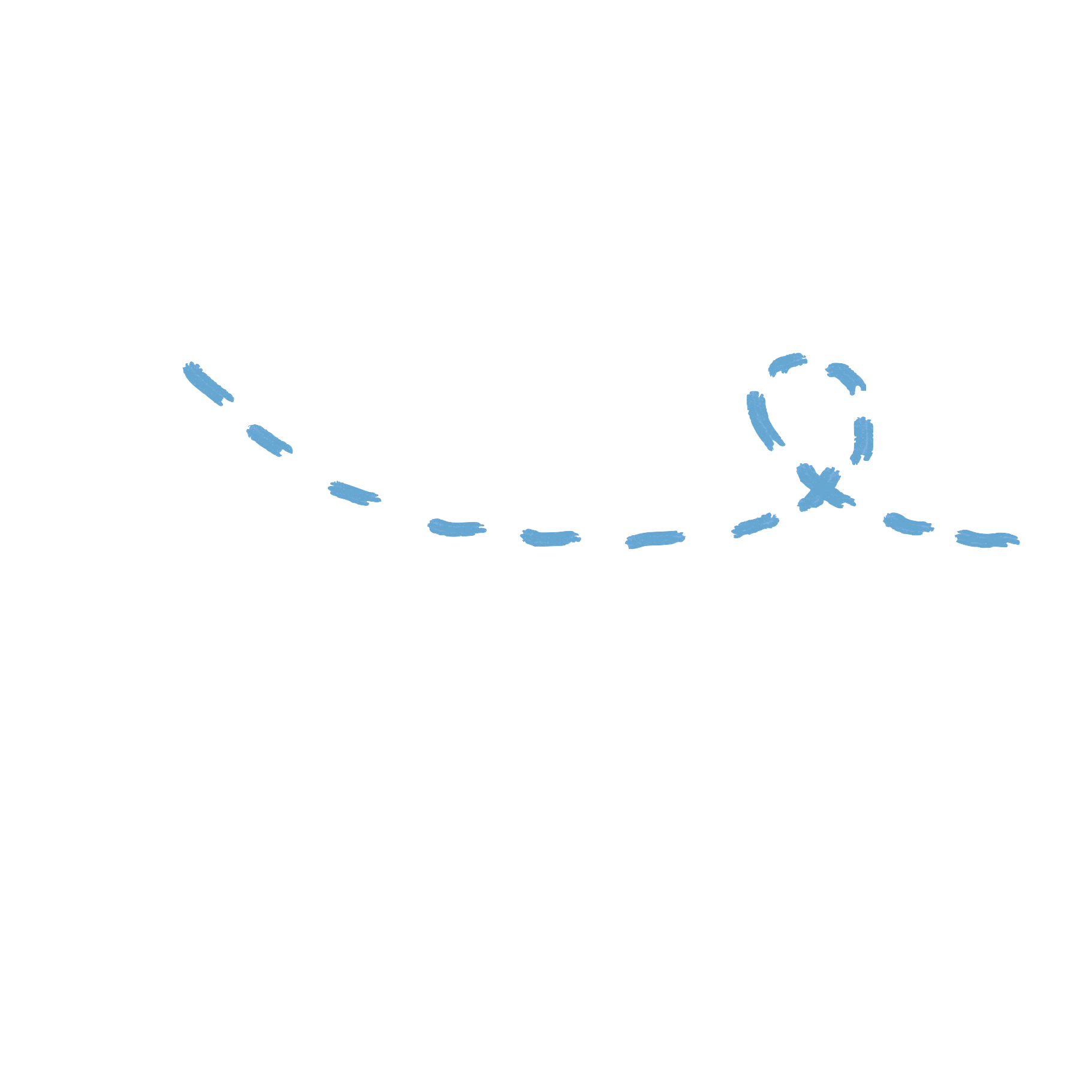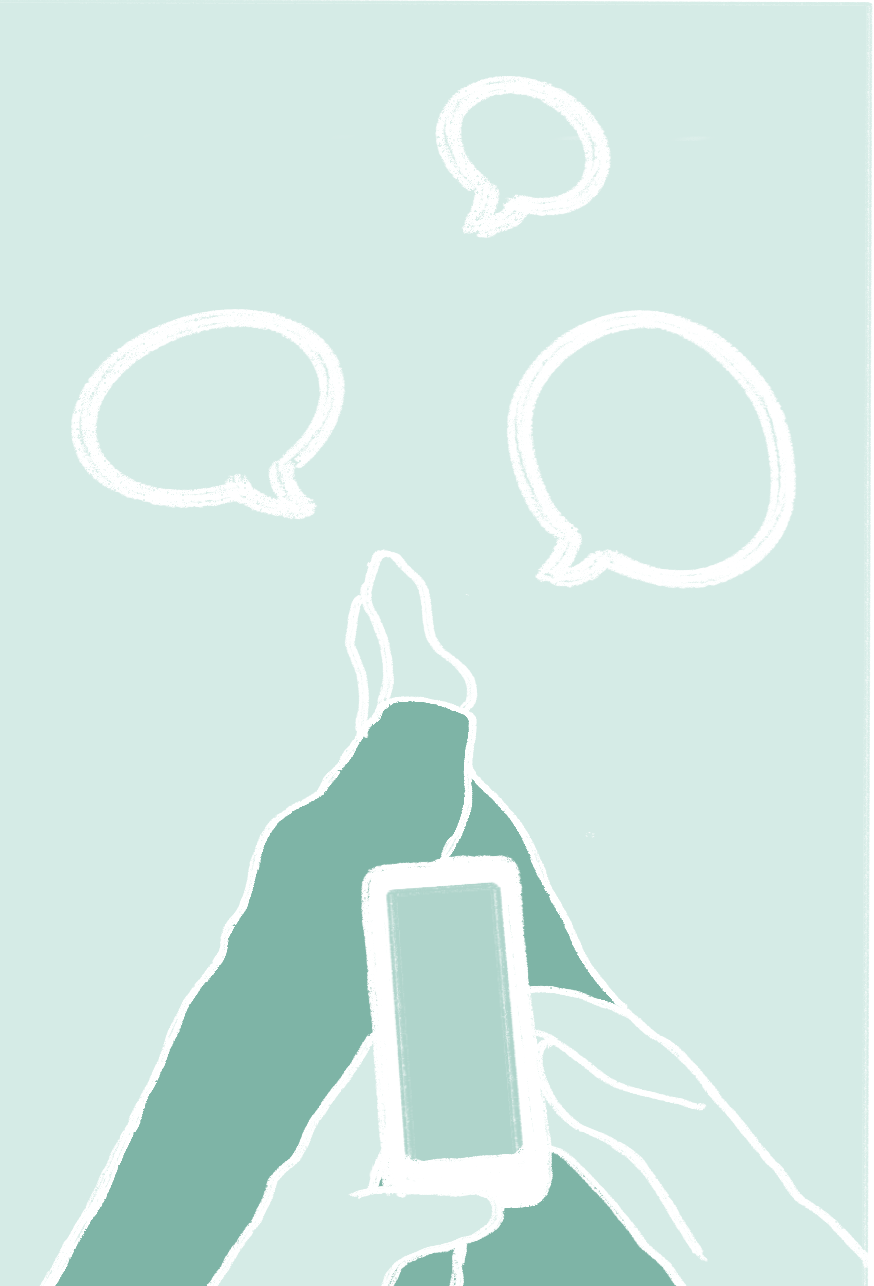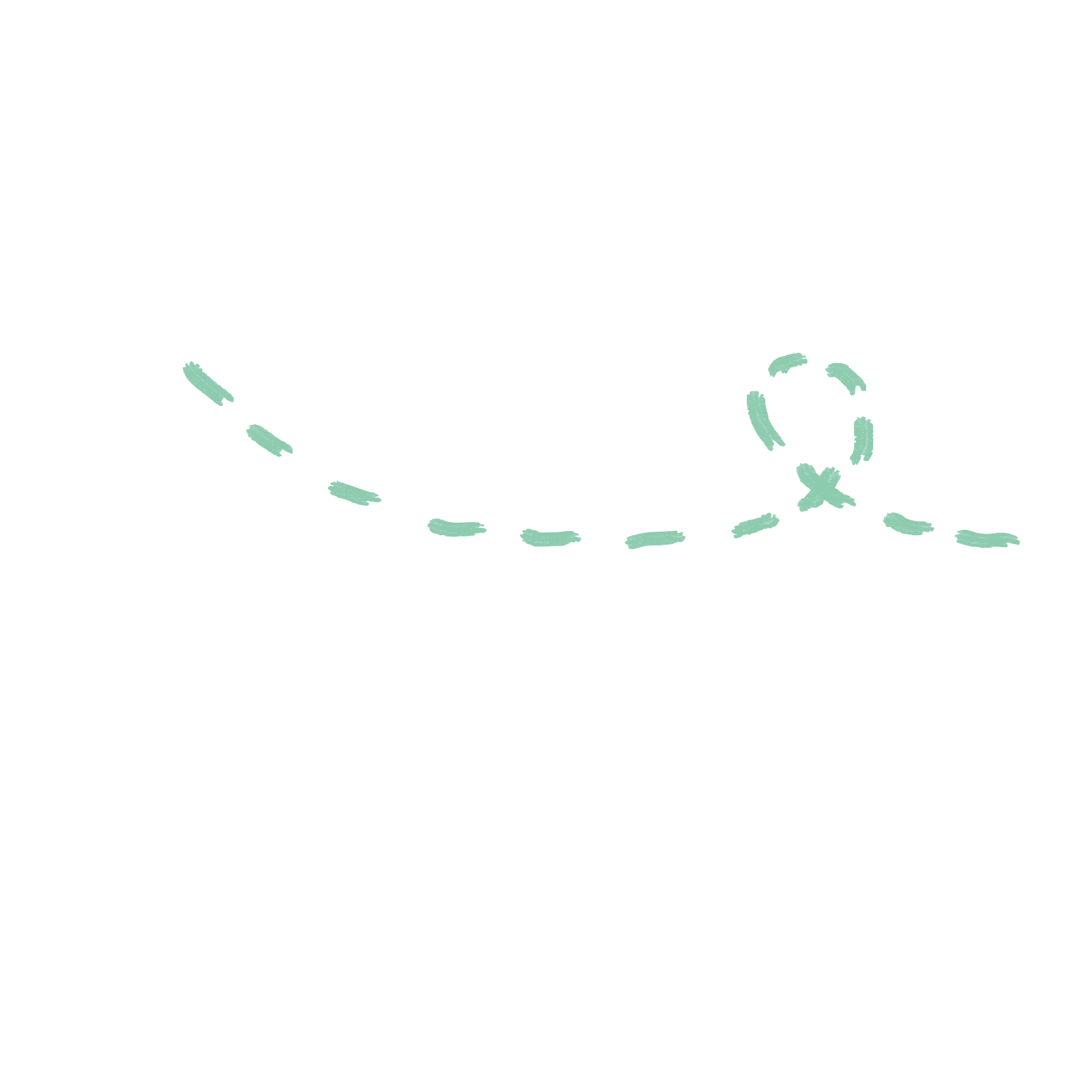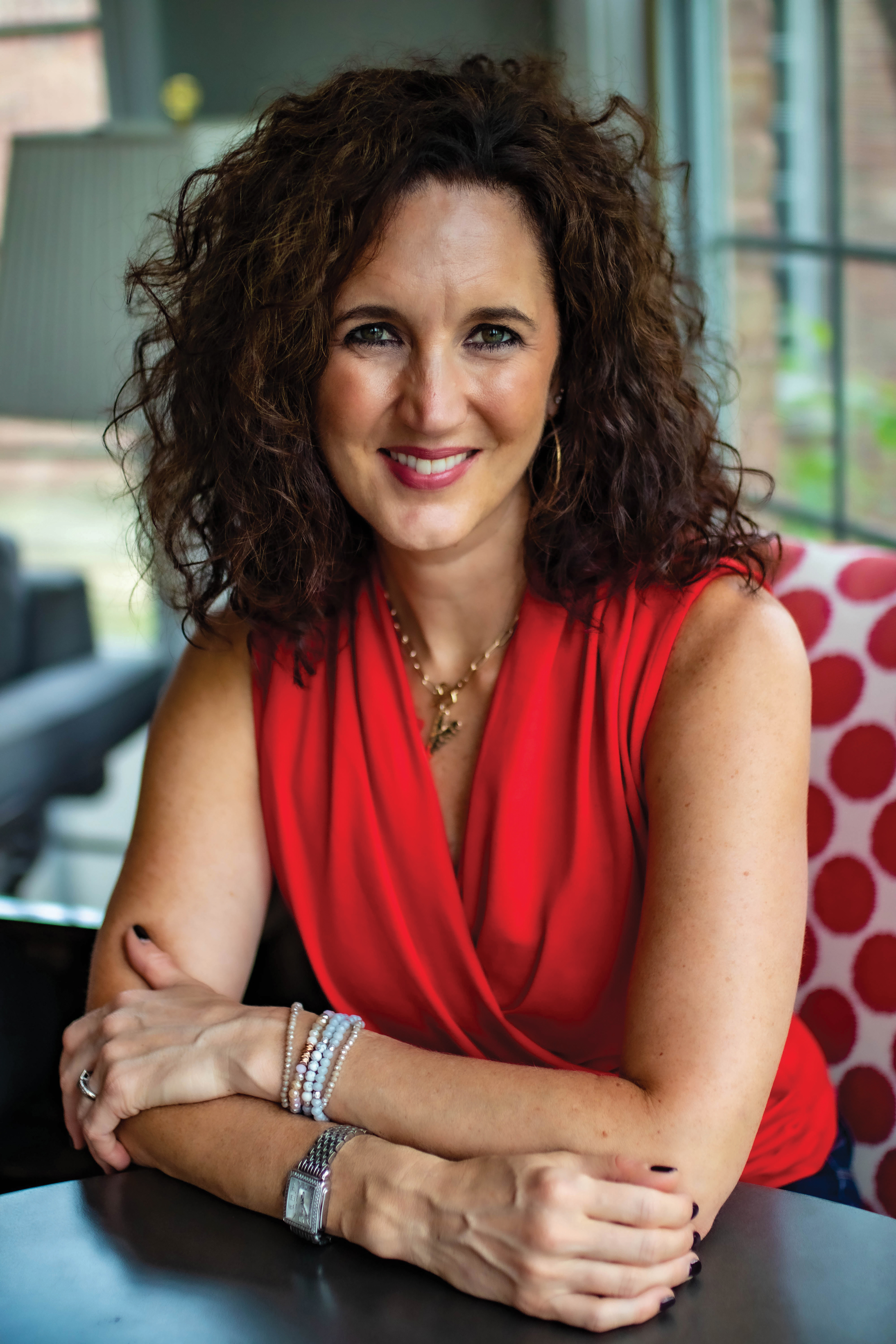The pandemic spurred a new phenomenon of “turbo relationships” — relationships becoming serious more quickly. According to a June 2020 report from eharmony and Relate on adults in the UK, 59% of people in relationships feel more committed to their partner than ever before and 36% of people feel that two months in isolation together is equivalent to two years in a relationship.
While COVID-19 forced many couples apart, for some, it was the force that ultimately brought them together. Communication second-year Catie Moore thinks she wouldn’t be in her current relationship if not for the pandemic. She is from New Mexico and currently in a long-distance relationship with her boyfriend who is from Los Angeles County. Moore matched with her boyfriend on Tinder in June of 2019 while waiting out a two-hour layover in Los Angeles before her next flight to Taiwan. As she waited for her flight, Moore swiped on Tinder and came across her now-boyfriend’s profile. She remembers noticing a Drake and Josh meme, which she mistook for a childhood photo of him, his music taste was similar to hers, and that his listed occupation was Percy Jackson fan account. Moore proceeded to ask who his godly parent would be, to which he answered Apollo, and a conversation sprung from there. He asked Moore if he could give her his number shortly into the conversation. Moore said yes, but warned him she was about to board her plane. When she landed several hours later, he’d sent his number and the conversation seamlessly transitioned to text. While Moore was in Taiwan for the next two weeks, the 15-hour time difference with Los Angeles did not stop the two from staying in touch.
 “He would stay up late and wake up early to text me, which I thought was very sweet,” Moore says.
“He would stay up late and wake up early to text me, which I thought was very sweet,” Moore says.
Although Moore and her boyfriend are from different states, after she got back from Taiwan, they continued to get to know each other through text, Snapchat and FaceTime. Once everyone was sent home and in quarantine, Moore and her now-boyfriend became much closer.
“Because we were both home, we had more time to put energy into talking to each other more and developing that friendship and relationship,” Moore says.
Later, Moore spent Fall Quarter in Iowa with some friends, and her boyfriend came to visit her there. Moore drove two hours from where she was staying to pick him up at the closest airport. After meeting in person for the first time, a few days went by before they began officially dating. He had already told Moore how he felt about her in a letter, but she was still unsure. “I felt a little apprehensive about entering into something that was just inherently long distance,” Moore says.
 Spending time together platonically helped Moore realize that she wanted to be with him, and the distance between them didn’t matter. Although maintaining a long-distance relationship has its inevitable challenges, Moore feels that in some ways the pandemic made this process easier.
Spending time together platonically helped Moore realize that she wanted to be with him, and the distance between them didn’t matter. Although maintaining a long-distance relationship has its inevitable challenges, Moore feels that in some ways the pandemic made this process easier.
“I feel like quarantine was kind of an equalizer,” Moore says. “Everyone had to sort of go through long-distance, not even just with relationships, but with friendships and family members.”
Meeting online has also helped Moore and her boyfriend become accustomed to communicating remotely.
“Because the way that we got to know each other started through long distance, it’s a lot less difficult,” Moore says. “One of the things that I think makes us work well is that we’ve established our communication in the periods where we are long distance, and we’re not reliant all the time on the next time that we’re going to see each other.”
Although Moore started talking to her significant other before COVID, Northwestern students have also formed new connections throughout lockdown. McCormick second-year Catherine Zdunek met her current boyfriend in late August 2020 through a mutual friend, her now-boyfriend’s roommate. The two bonded over both being chemical engineering majors, their love of video games and their similar tastes in music. Zdunek had been hesitant about getting into relationships with other people in the past, but when her now-boyfriend asked her if she wanted to date in mid-October, she changed her mind.
“I was just like, ‘I’m going to stop being a scaredy cat,’” Zdunek says. “I had never met somebody I thought that I really felt similar to and thinks the same way.”
Zdunek is thankful for the additional downtime online classes afforded her relationship. Zdunek says she “definitely had a lot more free time in this quarter, which is nice because you have more time to get to know someone.” Overall, though, Zdunek believes the pandemic has not had a large impact on her relationship. “If I met him in a non-pandemic sense, I would definitely still like him a lot,” Zdunek says.

Communication second-year Sadd Sadd also met his former girlfriend during the pandemic. He saw her profile on Tinder at the beginning of fall quarter and was immediately interested. “She’s basically the epitome of my type,” says Sadd, noting her profile had plenty of “cottagecore” photos. He reached out with a cheesy pick up line he no longer remembers and once they started talking, he liked her even more.
They both had the same sense of humor and soon started texting each other long paragraphs about their days. For two weeks, they stayed up texting every night until around 3 a.m. before finally meeting up. They went on a masked walk on the Lakefill and talked for two hours. “It was even better in person having conversations,” Sadd says. For their first “actual” date they had a picnic in the Civic Center and, after running it by their respective roommates, were able to hang out inside together.
 Similar to Moore, Sadd does not think the relationship would have happened if not for the pandemic. When he arrived at college, Sadd was hesitant about getting into a relationship and made a deal with himself to stay single. “I think that quarantine really did break me down, and I felt the need for companionship in that way — for closeness with another person,” Sadd says. Getting in a relationship ended up helping Sadd build up his confidence and endure the tumultuousness of the pandemic.
Similar to Moore, Sadd does not think the relationship would have happened if not for the pandemic. When he arrived at college, Sadd was hesitant about getting into a relationship and made a deal with himself to stay single. “I think that quarantine really did break me down, and I felt the need for companionship in that way — for closeness with another person,” Sadd says. Getting in a relationship ended up helping Sadd build up his confidence and endure the tumultuousness of the pandemic.
“It made quarantine a lot less scary, to have someone there,” Sadd says.
The pandemic also made Sadd more open to forming connections with people online. “I sort of always had this preconceived notion about dating people over apps, thinking that you wouldn’t be able to make a genuine connection with people if you never met them,” Sadd says. “I was definitely wrong. I think our relationship was not any weaker because it started over an app.”
Communication second-year Sadd Sadd"It made quarantine a lot less scary,
to have someone there.""It made quarantine a lot less
scary, to have someone there.""It made quarantine
a lot less scary, to
have someone there."
Sadd and his girlfriend broke up at the beginning of spring quarter, but he is still grateful for quarantine affording him the experience. Since his girlfriend attended Loyola University and lived an hour away from him, Sadd does not think the relationship could have lasted with in-person classes.
 “Even though our relationship really probably could have only ever existed during quarantine or during this pandemic, I don’t think that that made it a bad relationship,” Sadd says. “I think it was a really special opportunity that we got to experience that relationship with each other for the time that we had.”
“Even though our relationship really probably could have only ever existed during quarantine or during this pandemic, I don’t think that that made it a bad relationship,” Sadd says. “I think it was a really special opportunity that we got to experience that relationship with each other for the time that we had.”
The pandemic has induced plenty of suffering and loneliness for many, but COVID-19 relationships were able to provide a silver lining for some during these dark times, giving people like Sadd a new perspective on dating.
“It showed me that you can find someone who’s a total stranger who has no connection to anything in your life,” Sadd says, “and also have this beautiful relationship with them starting from literally nothing.”



